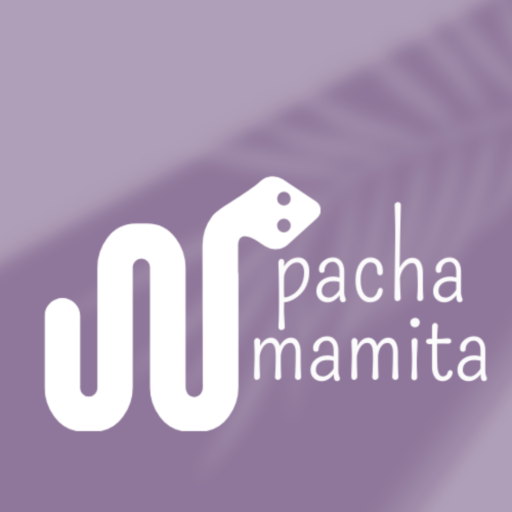![]()
Wax palms. Their name refers to their first use: the scraped wax is used to make candles, which surely accompanied the colonization of the mountains. Before colonization they were very abundant and seemed inexhaustible. Today, in the ecosystem, more than 50 meters above the cloud forest, the red clusters attract the Yellow-eared Parrot (Ognorhynchus icterotis) on the verge of extinction. Wax palm and Yellow-eared Parrot represent a severely threatened ecological pair.
For Catholics, Palm Sunday represents the triumphant entry of Jesus into Jerusalem. That is why having the blessed palm at home is an ancient custom that thousands of people still follow.
Since August 2002, the Ministry of the Environment (MAE) has officially listed endemic plants in danger of extinction, thus prohibiting their sale and transport. Among them are the species Ceroxylon amazonicum, Ceroxylon echinulatum, Ceroxylon parvum and Ceroxylon ventricosum, all of which are used in the preparation of arrangements for Palm Sunday.
The dilemma between Christian tradition and environmental conservation has been going on for years. The wax palm is a symbol of faith that many consider essential during Holy Week. However, the indiscriminate felling of this species during this season has put it on the “red list” or endangered list, due to which its sale is not permitted.
For this reason, the Ministry of the Environment and the Ecuadorian Episcopal Conference established an agreement to work together for the conservation of wild species, through the issuing of awareness messages to parishioners, so that they do not use the wax palm.
According to the Environmental Protection Unit (UPMA) of the National Police, the extraction and commercialization of endangered species is classified as a crime in the Penal Code, with penalties of 1 to 3 years of imprisonment for anyone who violates this provision.
Do not cut or buy Palm trees, they are in danger of extinction and are home to yellow-eared parrots.
Ecosol Foundation

